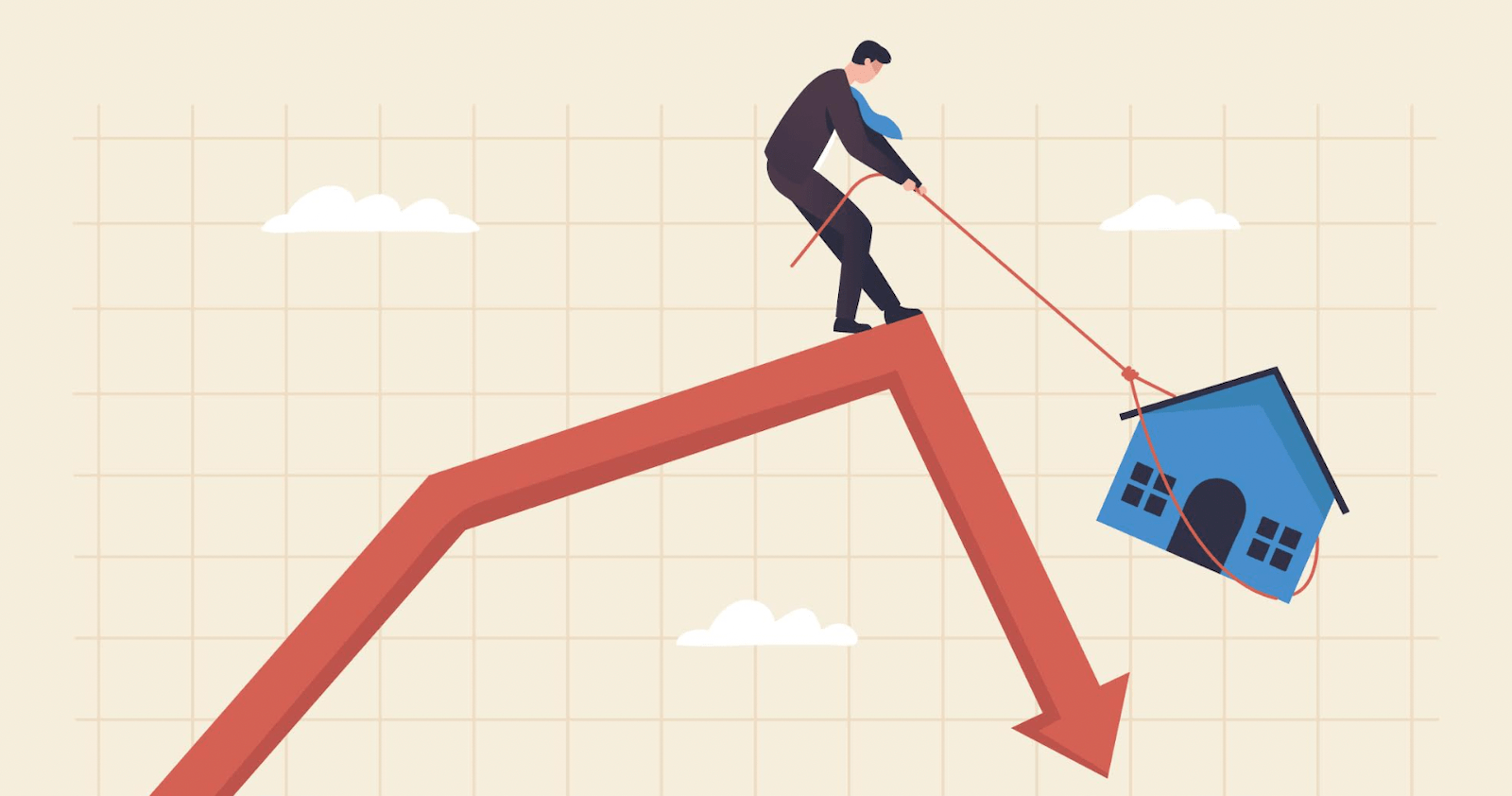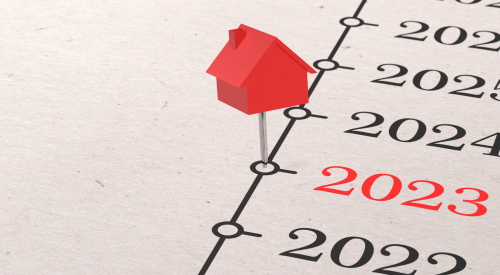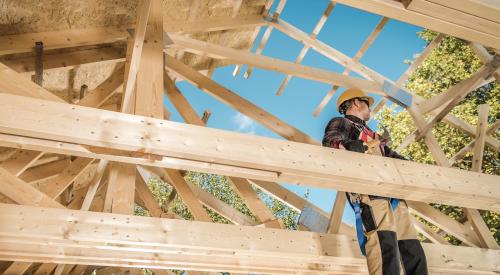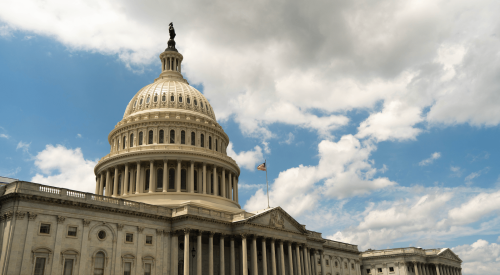Although residential construction has been booming, indicators now suggest a slowdown is likely. National Association of Home Builders’ chief economist Dr. Robert Dietz said recently that the tight labor market and elevated inflation, combined with the Federal Reserve’s intent to combat that inflation, make a recession all but guaranteed. However, he expects the slowing of economic activity will be mild—nothing like the severe recession and financial crisis of 2008-2009.
One key reason this slowdown should be softer is that housing has been leading the economy throughout the COVID-19 pandemic due to unprecedented and unexpectedly strong demand. And housing also means jobs, with more than 4 million Americans working in residential construction and millions more engaged in home building–related businesses. Given housing’s outsized role in the economy—accounting for about 17% of gross domestic product—it’s imperative we work with every level of government to implement policies that help builders meet demand for new homes.
RELATED
- Could Falling Lumber Prices Signal a Big Economic Shift?
- Home Builders Keep a Steady Pace as the Market Cools
- NAHB Predicts Mild Recession in 2023
The Fed is keenly aware of the home building industry’s sensitivity to rising interest rates and other monetary policy changes, and NAHB provides monthly survey data on the state of the building industry to the Fed to ensure it understands how its decisions affect our industry.
Reasons Why Builder Confidence Is Declining
Recently, home builder sentiment has indicated troubling signs. Builder confidence in the market for new single-family homes posted a seventh consecutive monthly decline in July, according to the NAHB/Wells Fargo Housing Market Index (HMI), when the HMI reading fell 12 points to 55. That was the second largest drop in the history of the index, second only to the 42-point drop in April 2020. While the July 18 HMI reading of 55 was still above 50, which indicates more builders view conditions as good rather than poor, it’s well below 90, the record hit in late 2020. Most notably, the HMI component charting prospective buyer traffic fell to 48 in June—the indicator’s first time below the breakeven level of 50 since June 2020—and then to 37 in July. So, what is NAHB doing to help members as economic conditions weaken?
We’ve met repeatedly with members of the Biden administration to address supply-chain bottlenecks causing price spikes and will continue to do so until we find long-lasting solutions. Prices for goods used in residential construction are up more than 19% year to date and more than 40% since the pandemic’s onset in early 2020, according to government data. We are pushing for reduced tariffs, investments in transportation infrastructure, and sensible regulations for freight companies.
NAHB also continues to educate policymakers on the high cost of regulations, which account for nearly 25% of the price of building a single-family home and 40% of the cost of a typical multifamily development.
The ongoing labor shortage is causing construction delays and higher home building costs. We must add more than 2 million new workers to our industry over the next three years to keep up with housing demand. We’re asking lawmakers at the state and federal levels to invest in job training programs.
More than 600 NAHB members took these messages to Capitol Hill in June when they met with members of Congress during our 2022 Legislative Conference. And we won’t stop now. We’re fighting for our members and our industry every day. Learn more about how housing fuels the economy and what you can do to support sensible housing laws and regulations at nahb.org.
W2W4
• NAHB’s awards programs recognize excellence in the industry and include: Best in American Living Awards (BALA), The Nationals, Custom Home Builder of the Year, and more. Go to nahb.org/nahb-community/awards to enter.
• The Home Builders Institute (HBI), NAHB’s nonprofit partner, is the leading educational resource for career technical education in home building, with an 80% job placement rate for graduates. Find out more at hbi.org/training













